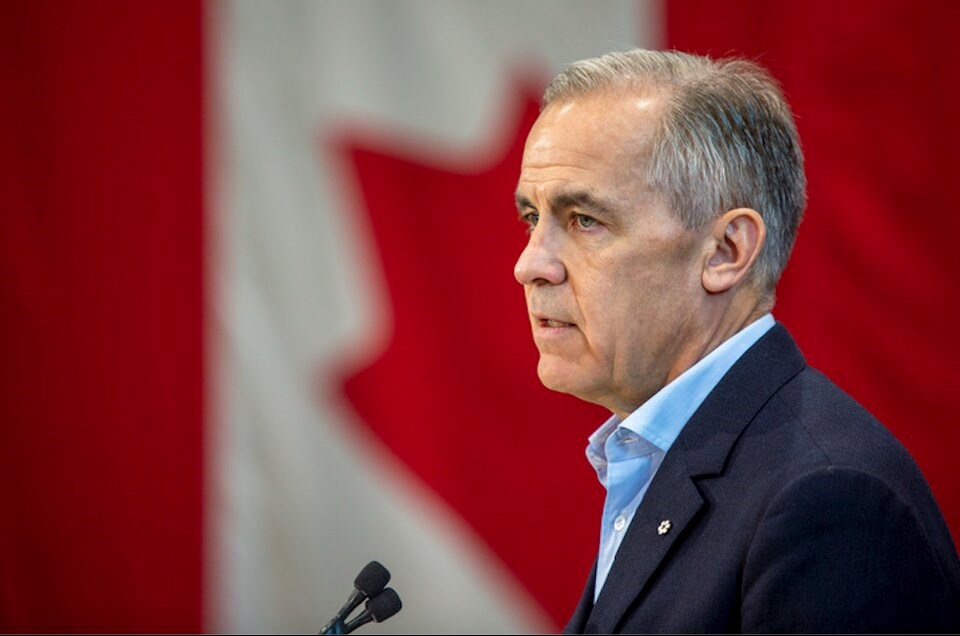Climate Disinformation Campaign Targets Liberal Leader Mark Carney on Social Media
A sophisticated network of bot-like social media accounts launched a disinformation campaign targeting Liberal Leader Mark Carney during the recent federal election, falsely linking his former employer, Brookfield Asset Management, to the Liberal Party’s "net-zero agenda." The campaign propagated the unsubstantiated claim that Brookfield would financially benefit from Carney’s political ascent, leveraging the emotionally charged "net-zero" terminology to sow discord and undermine public trust in climate action. This coordinated effort highlights the growing threat of online disinformation in shaping political narratives and influencing democratic processes.
The Climate Action Against Disinformation (CAAD), a coalition of over 50 climate and anti-disinformation organizations, unearthed the network’s activities across platforms like X (formerly Twitter) and YouTube. Their analysis revealed hundreds of accounts exhibiting suspicious behavior, including coordinated posting, low follower counts, lack of original content, and a sudden surge in activity focused solely on discrediting Carney. The campaign employed tactics commonly observed in global climate disinformation campaigns, suggesting a potential link to well-established networks seeking to obstruct climate action.
While the exact origin of the bot network remains elusive, the campaign’s narrative echoed familiar disinformation themes. It portrayed climate action as an economically damaging, elite-driven scheme, playing on public anxieties about job losses and corporate profiteering. This tactic aimed to polarize public opinion and erode support for climate policies. CAAD’s policy co-chair, Michael Khoo, emphasized the strategic use of "tent-pole" subjects like net-zero targets to manipulate public discourse and undermine the scientific consensus on climate change.
The suspected bot network amplified its message by sharing videos from right-wing YouTube channels known for disseminating conspiracy theories, including Rebel News, Northern Perspective, and Moose on the Loose. These videos often featured unsubstantiated allegations and sensationalized claims, further fueling the disinformation campaign against Carney. The videos, often posted with identical titles and lacking captions, garnered hundreds of thousands of views, demonstrating the potential reach and impact of such coordinated efforts.
The campaign’s tactics exhibited a level of sophistication beyond typical bot activity. Many of the accounts were created well before the election but remained dormant until activated for the targeted disinformation campaign against Carney. This suggests a deliberate strategy of pre-positioning accounts to evade detection and maximize impact during the crucial election period. The coordinated nature of the activity, coupled with the use of existing right-wing media channels, underscores the growing complexity and reach of online disinformation operations.
The disinformation campaign targeting Carney reflects a broader trend of online manipulation and the erosion of trust in information sources. Experts warn that such campaigns, while unlikely to sway committed voters, can reinforce existing biases and deepen partisan divides. The proliferation of bot networks and coordinated disinformation campaigns poses a significant threat to democratic processes and the integrity of online information ecosystems. CAAD’s findings underscore the need for increased vigilance, platform accountability, and public awareness to combat the spread of disinformation and protect the integrity of public discourse.


